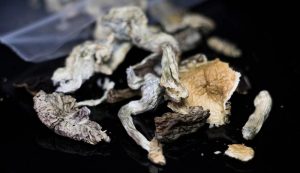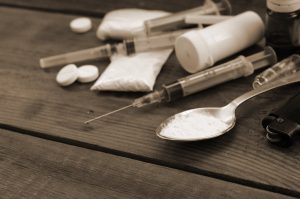
Look at a bodybuilder who has bulked up with bulging muscles, and it might not seem that lifting weights can shed pounds. But first impressions can be deceiving. Instead, experts say, building muscle can indeed be one way to transform your body and lose weight. “Weightlifting activates your large muscle groups and, when done appropriately, can burn more calories than steady state cardio,” said Dr. Russell Camhi, who works in primary care sports medicine for Northwell Health’s Orthopaedic Institute in Smithtown, N.Y. Still, weightlifting on its own is not the key to weight loss. At least 80% of weight loss is through nutrition, Camhi said. “No matter what exercise program you choose you will not lose weight if you are not monitoring your intake and properly fueling your body,” Camhi said. A person lifting weights to gain muscle mass should eat a high-protein diet, Camhi said. The goal should be 1 gram of protein per pound of body weight. People who are already fit and trying to gain muscle may not lose weight, but someone who is overweight or obese will, Camhi said. “Once you lose a good portion of fat and become more fit then, yes, the weight loss will plateau but will be replaced with muscle growth and increased fitness,” Camhi said. “At that point, be less concerned about the number on the… read on > read on >






































